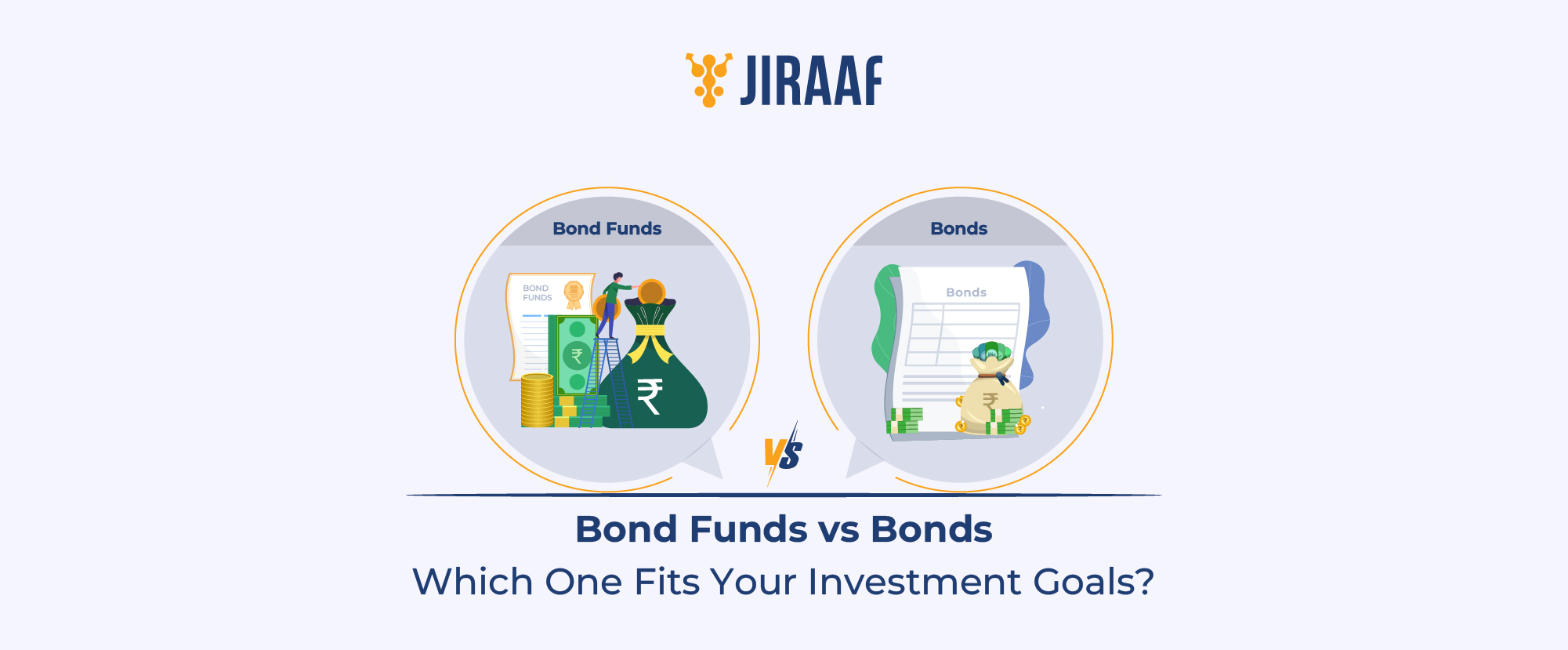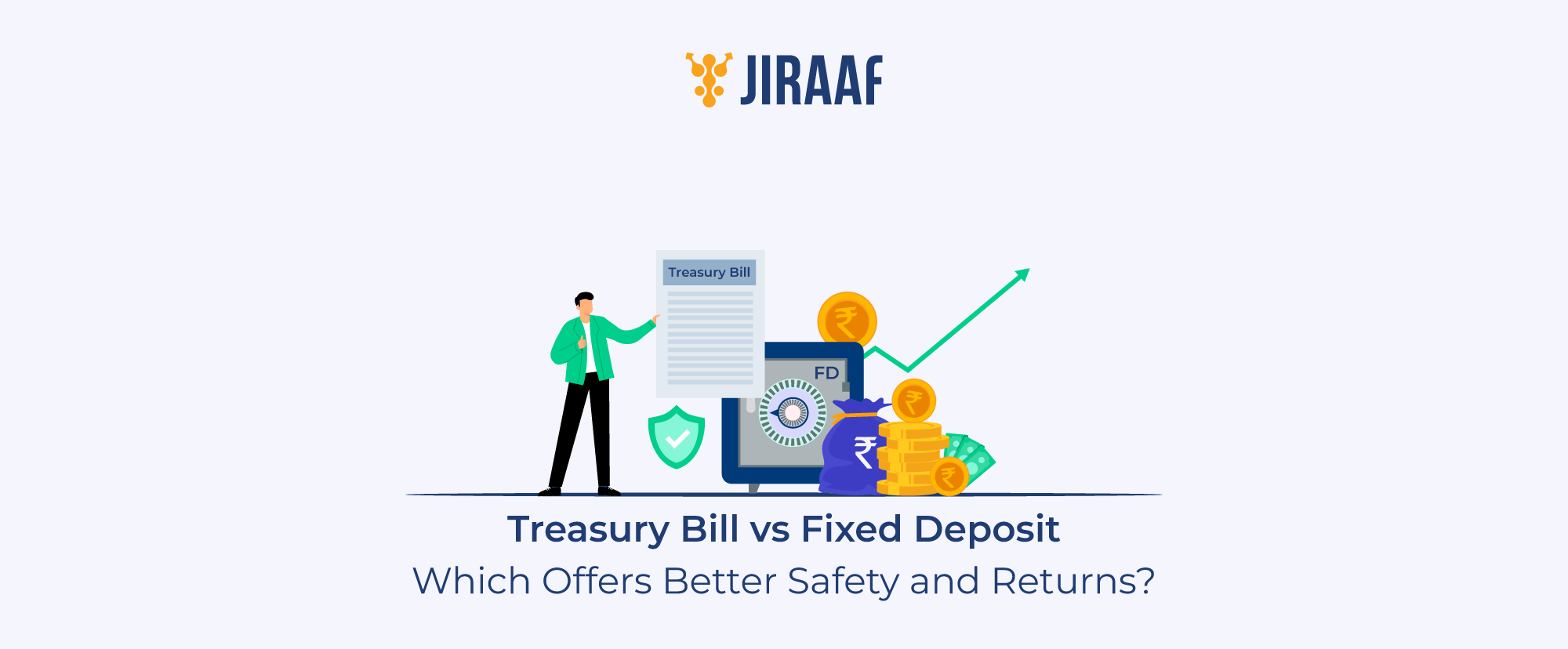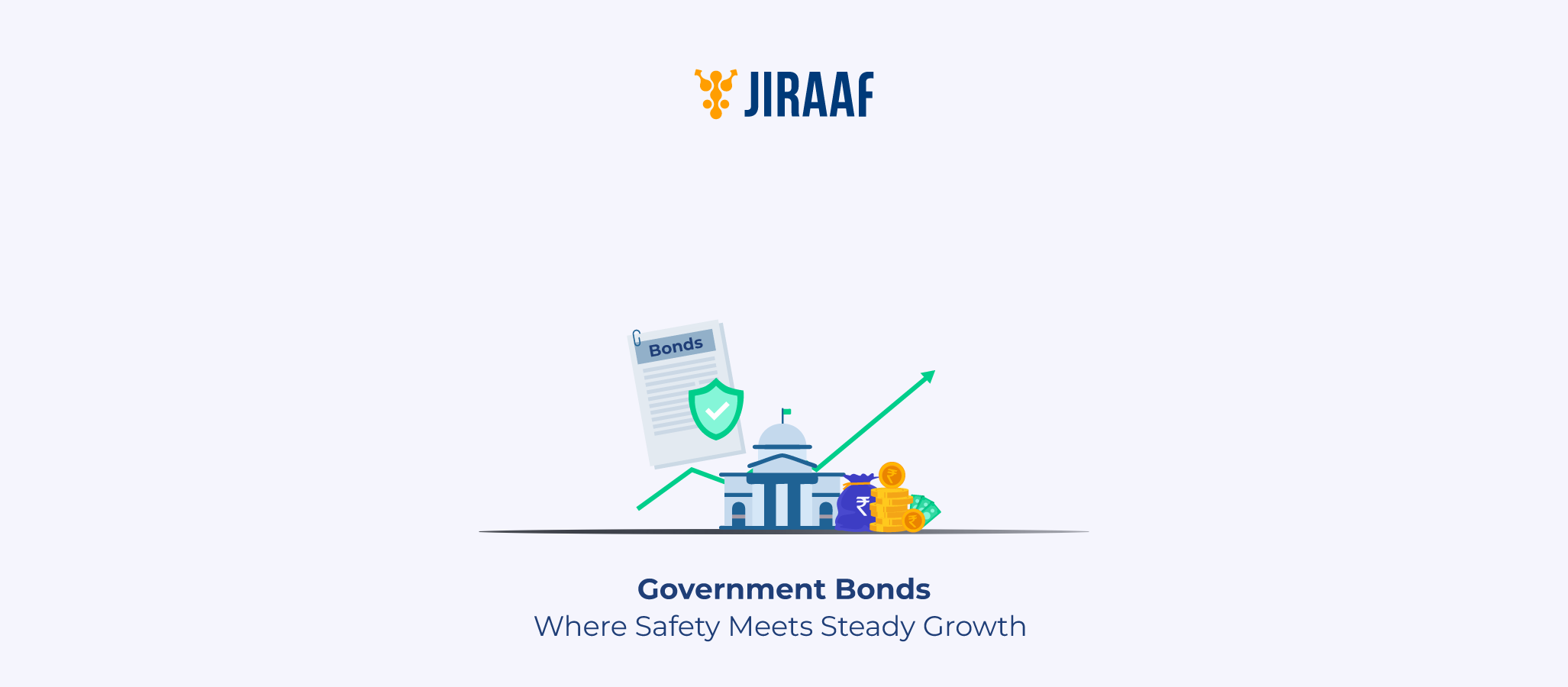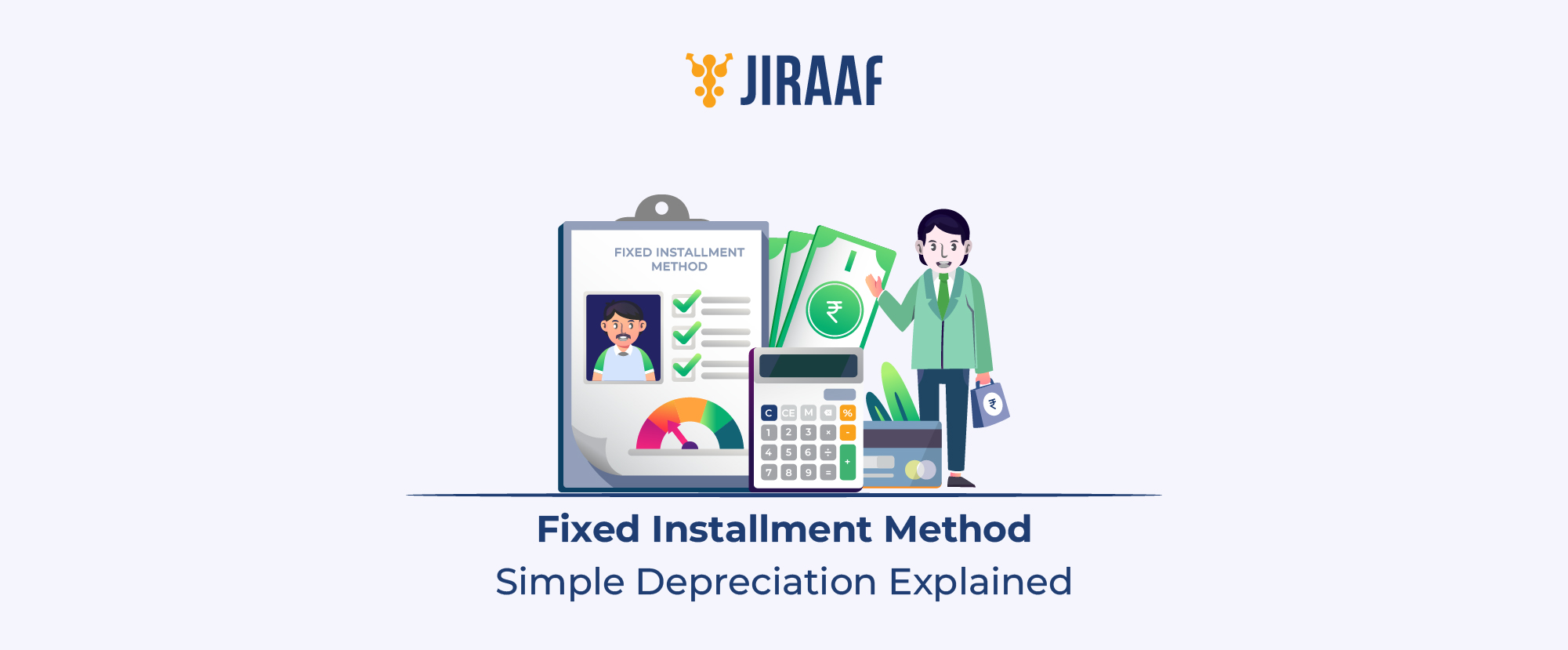Every investment has a purpose. Some aim to keep your money safe and within reach for emergencies, while others are driven by long-term goals like a new home, your child’s education, or a comfortable retirement.
And when it comes to bonds, that very purpose often shapes the choice you make. Because the moment you decide to invest in bonds, you’re faced with two different routes to reach the same destination – bond funds and individual bonds.
Both belong to the same family of fixed-income assets, yet they serve different investing needs. One offers convenience and instant diversification, while the other gives you control, visibility, and defined timelines.
So, before you decide where your money should go, let’s break down how bond funds and individual bonds differ, and which one aligns better with your investing purpose.
How do Individual Bonds Work?
An individual bond works just like a loan—only here, you are the one lending money to a government or a company. In exchange, the issuer promises to pay you regular interest, known as coupon payments, and return your full investment amount when the bond matures.
As an investor, you earn fixed and predictable returns from every individual bond you invest in, allowing you to plan your financial goals around the interest and maturity repayments.
Broadly, individual bonds fall into two main categories:
1. Government Bonds
Government bonds are considered the safest fixed-income investments in India because the central or state government backs them. They carry minimal default risk and typically offer returns between 6.5% and 9%, depending on the tenure and market conditions. If you are seeking stability and assured payouts, government bonds play an ideal role.
2. Corporate Bonds
Corporate bonds are issued by companies looking to raise funds for operations, expansion, or new projects. They generally offer higher returns, often between 8% and 15%, to compensate investors for taking slightly more risk. However, investment-grade bonds, rated from A+ to BBB-, are relatively safer and issued by financially sound companies. These bonds are a good fit if you are comfortable with moderate risk but want higher yields.
Individual bonds work well when you want control and do goal-based investing. However, if your objective is to diversify easily or park surplus funds with professional management, bond funds offer a more convenient alternative.
How do Bond Funds Work?
A bond fund lets you invest in a basket of bonds through a single transaction. It pools money from many investors and invests across government securities, corporate bonds, debentures, and money market instruments.
This approach provides instant diversification and professional management, eliminating the need to track individual bonds. Most bond funds maintain a balance of around 80% in bonds and 20% in short-term debt, striking a balance between stability and liquidity. However, every bond fund’s allocation varies depending on the fund’s specific goals.
Types and Returns of Bond Funds
The returns for bond fund categories fluctuate with market conditions and are not fixed. The following figures are illustrative, based on average historical returns, but should not be taken as guaranteed future returns.
- Short-duration Bond Funds
Short-term bonds have recently delivered around 7.8%–10% annually.
- Medium-duration Bond Funds
Medium-duration funds strike a balance between yield and risk. Top bond funds in this category have delivered returns of 8.5% to 12%.
- Gilt Funds
Over the past year, Gilt funds have averaged around 5.5% to 7.5%.
- Corporate Bond Funds
These funds focus on high-quality corporate debt and have been among the more rewarding categories, delivering average returns of 8% to 9.5%.
- Dynamic Bond Funds
By actively managing maturities, dynamic bond funds benefit from interest-rate shifts. Recent one-year returns have ranged from 7% to 8%.
Now that we’ve covered how both options work, the next step is understanding how they differ in practice. Let’s look at the key differences that can help you decide which one aligns better with your investment
Key Differences Between Bond Funds and Individual Bonds
| Parameter | Bond Funds | Individual Bonds |
| Income Predictability | Income may fluctuate depending on the underlying bonds, interest rate movements, and fund manager decisions. Returns are not fixed or predictable, and the value of fund units can change daily. | Offer steady, predictable income through fixed coupon payments at predefined intervals, and principal repayment on maturity. Ideal for goal-based investing or creating bond ladders. (Note: The principal repayment is predictable, but the market value of the bond can still fluctuate before maturity) |
| Liquidity | Highly liquid, units can be redeemed anytime through the fund house or online platforms. However, short-term exits may attract exit loads. | Liquidity depends on the type of bond. Government and investment-grade corporate bonds are easier to sell, while others may have lower secondary market demand. Trading can sometimes be illiquid depending on the exchange and volume. |
| Diversification | Provide instant diversification by investing across multiple issuers, maturities, and sectors. Helps spread risk even with a small investment. | Limited diversification unless you purchase multiple bonds across issuers or sectors, which typically requires higher capital. |
| Managing Expenses | Incur management fees and fund expenses, reflected in the expense ratio. These reduce overall returns slightly but cover professional research and management. | Have no recurring expenses, only a one-time brokerage or commission when buying or selling. (Note: While there are no recurring management costs, the purchase/sale transaction cost can sometimes be higher than the expense ratio of a bond fund over a long term) Returns are not reduced by management costs. |
| Risk | Generally lower risk due to diversification and professional management. However, returns can vary based on market conditions and interest rate changes. The main risks are interest rate risk and credit risk (for non-Gilt funds) | Higher individual risk, depending on the bond type. The performance of a individual bond depends on the issuer’s creditworthiness and interest rate movements. The main risk is default risk (credit risk) if the bond is held to maturity. |
Tax Implications: Bonds vs Bond Funds
The taxation rules for bond funds and individual bonds differ based on how the income is earned and the length of time the investment is held.
In the case of bond funds, gains are taxed similarly to those of debt mutual funds. If you redeem your investment within three years, the returns are added to your total income and taxed as per your income slab. After the 2023 tax rule changes, even long-term gains are now taxed according to your slab rate, as the earlier indexation benefits no longer apply. However, if you have invested in a bond fund before April 1, 2023, the old rules (Long-Term Capital Gains with indexation after 3 years) still apply when they are sold.
For individual bonds, there are two types of income you can earn from bonds; interest and capital gains.
- The interest income (coupon payments) is always added to your taxable income and taxed according to your slab rate.
- The capital gains tax on bonds now depends on two factors; whether the bond is listed or unlisted, and how long you hold it. After the Finance (No. 2) Act, 2024 (effective July 23, 2024), listed bonds sold within 12 months are taxed at your income slab rate (5%–30%), while those held beyond 12 months attract a 12.5% tax without indexation (earlier 10%). For unlisted bonds, selling within 24 months leads to slab-rate taxation, while holding them beyond 24 months attracts the same 12.5% LTCG rate.
Which is Better for You: Individual Bonds or Bond Funds?
Choosing between bond funds and individual bonds comes down to what you want your money to do for you.
If you want to keep investing simply and flexibly, bond funds are the easier choice. They let you diversify, earn a steady income, and stay liquid, all without tracking individual bonds or credit ratings. That makes them ideal for new investors, or anyone parking surplus funds or building an emergency corpus.
However, if you want more control and predictability, individual bonds are a better fit. Because, you know when you’ll receive interest and principal, making them perfect for goal-based investing and structured income plans.









